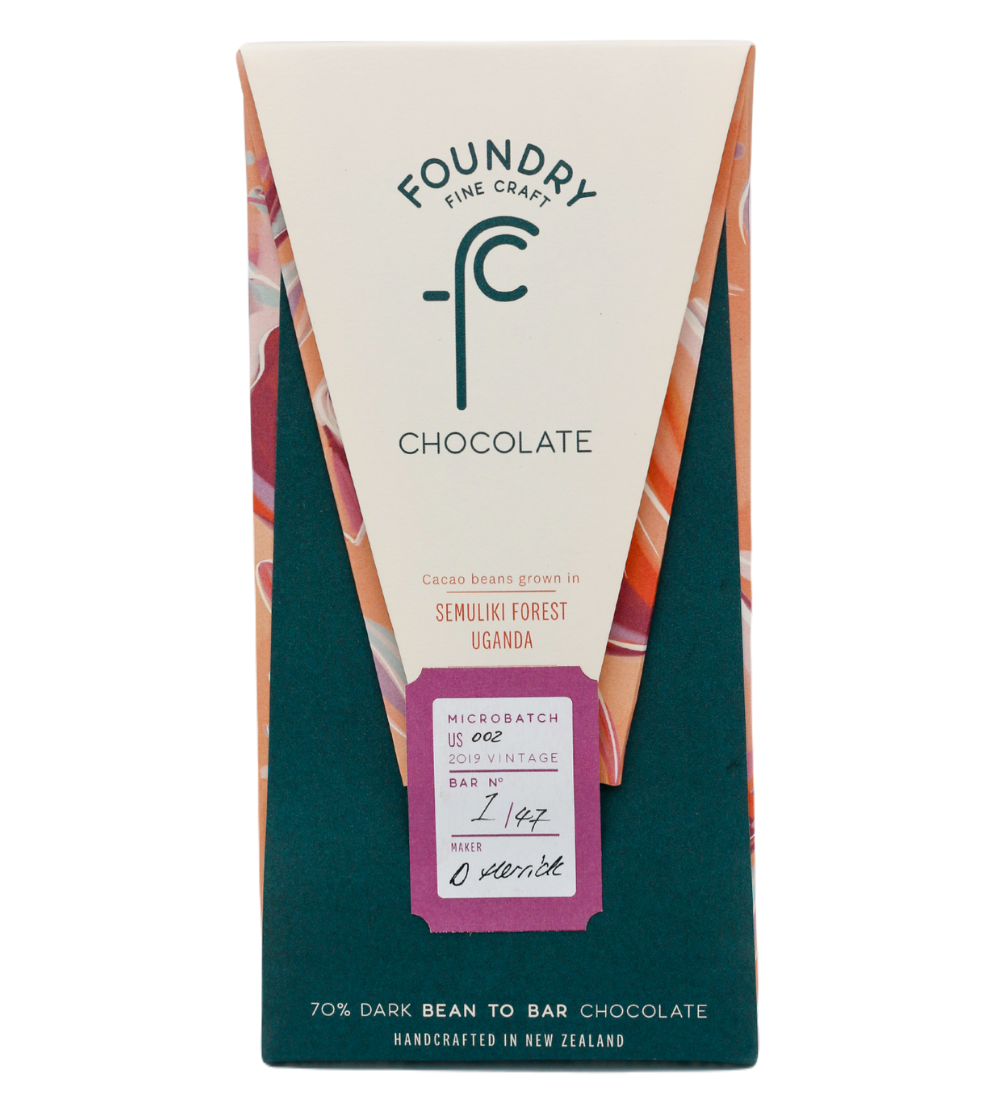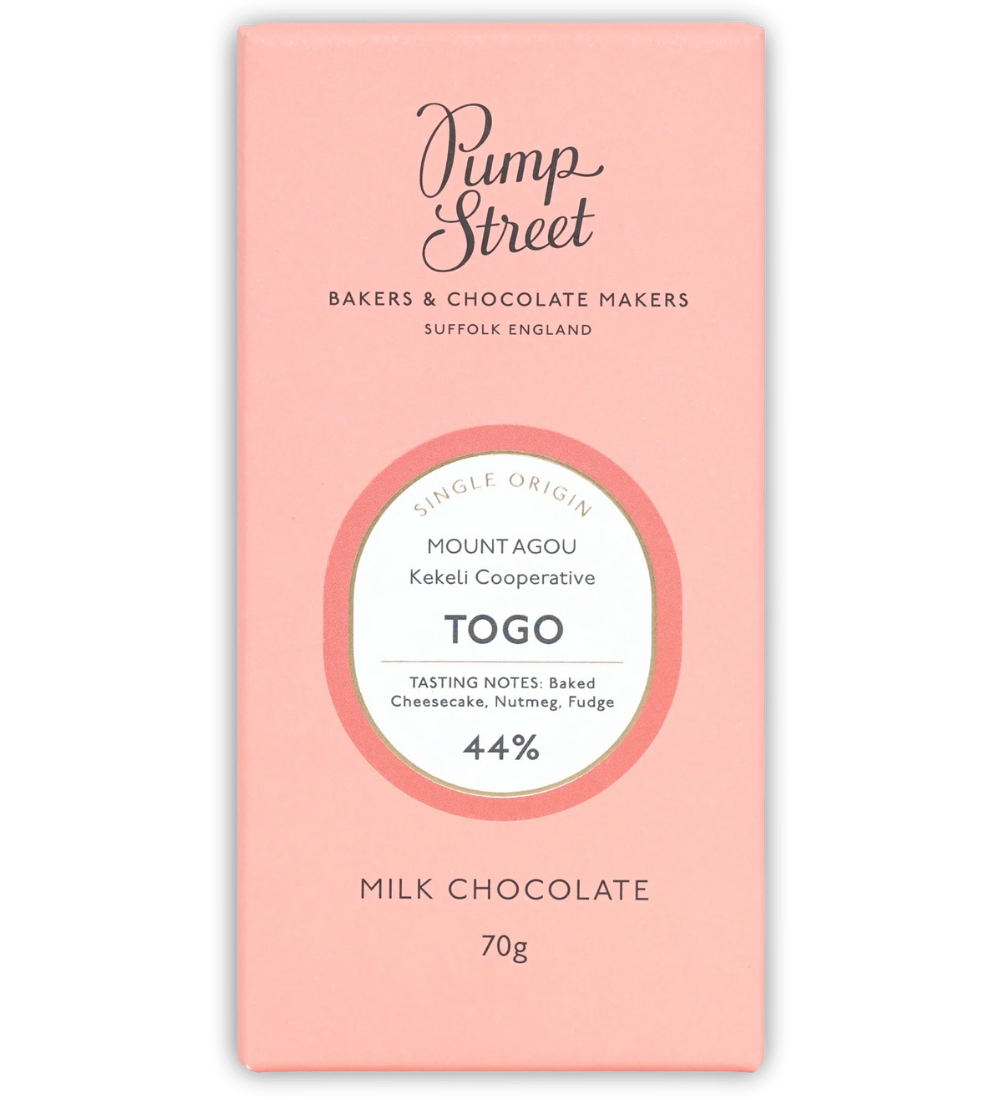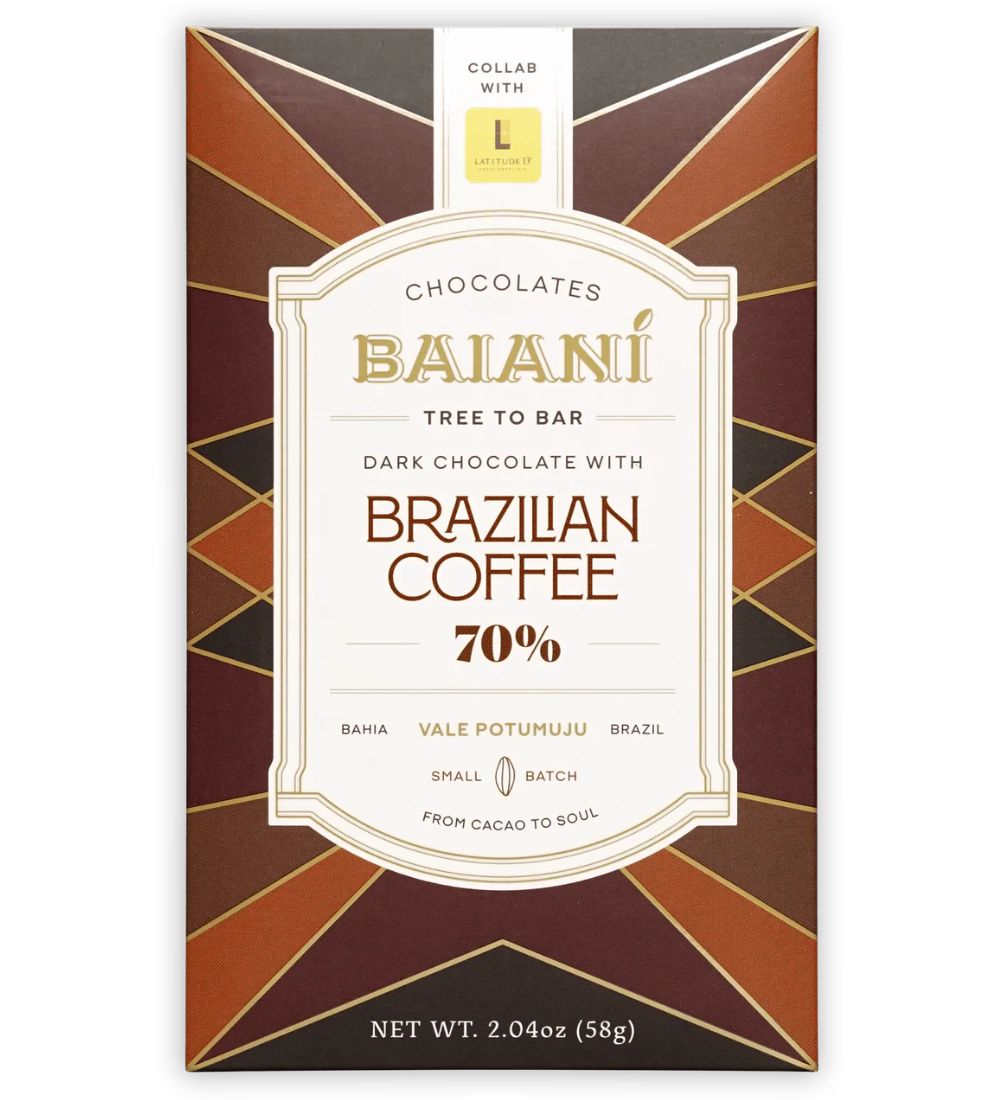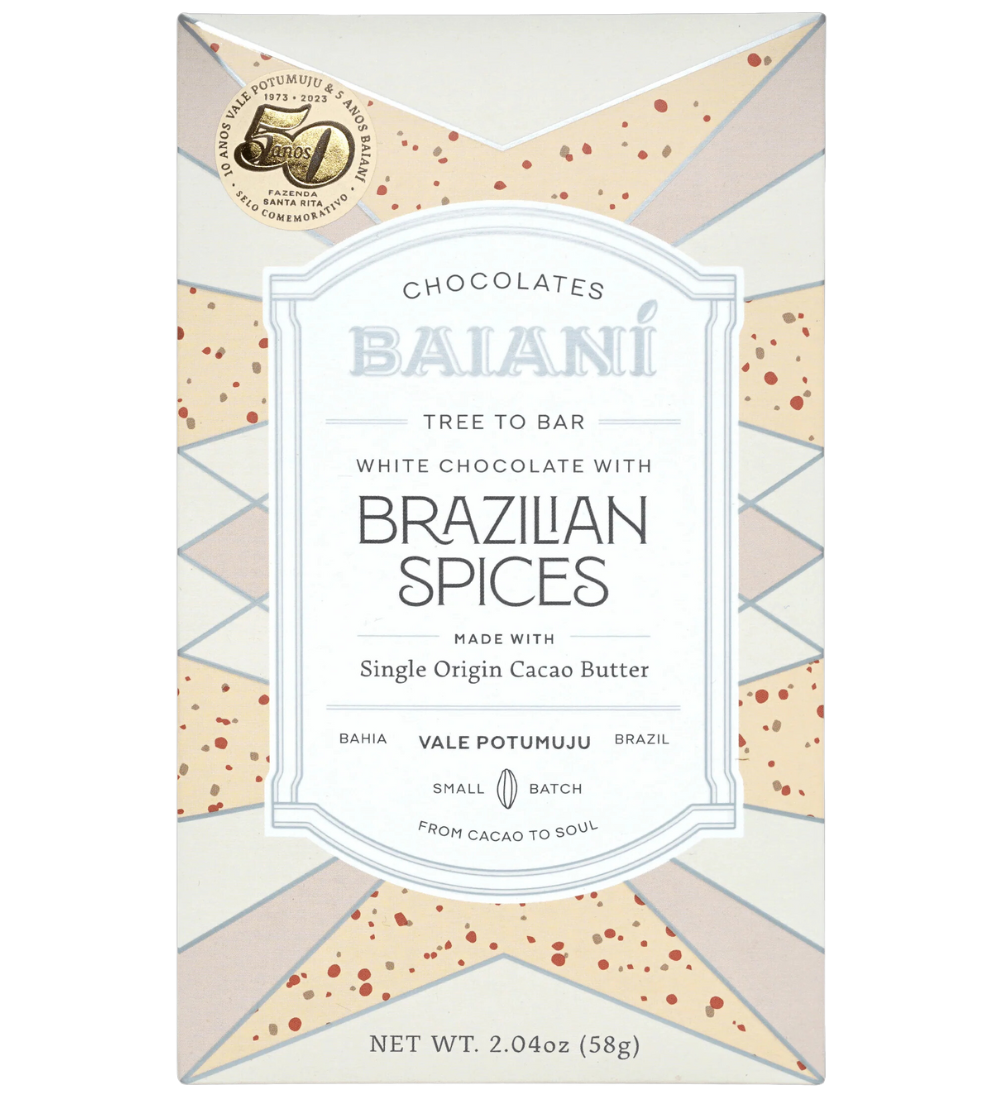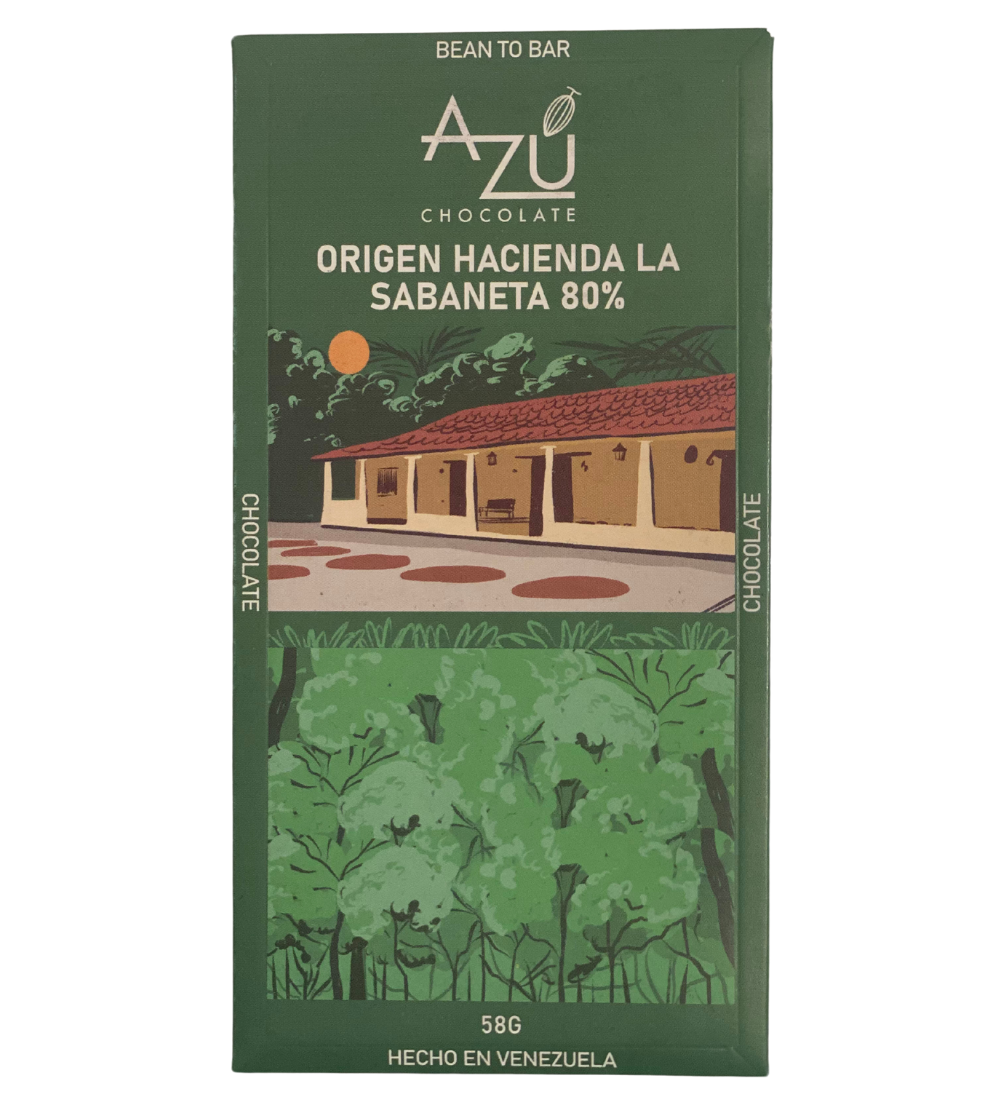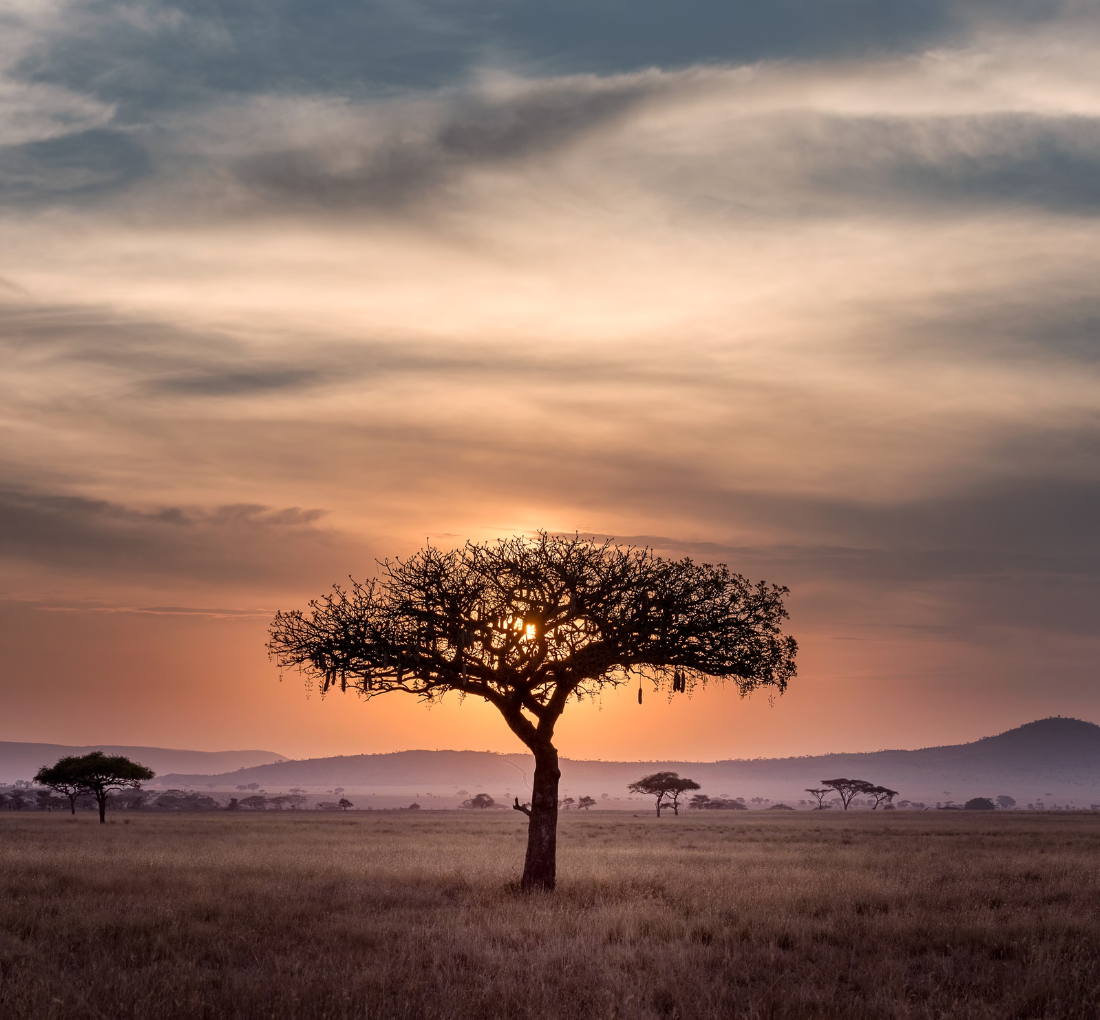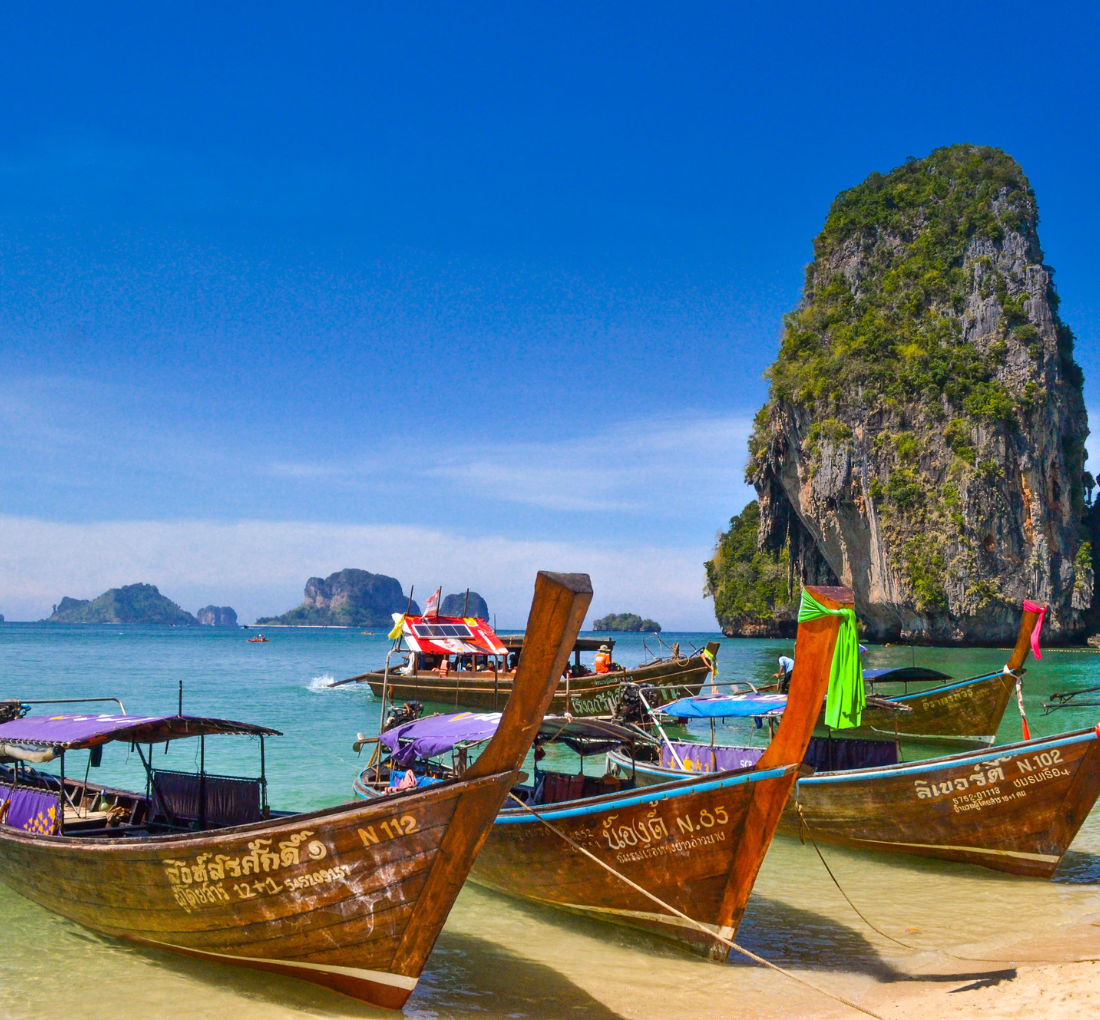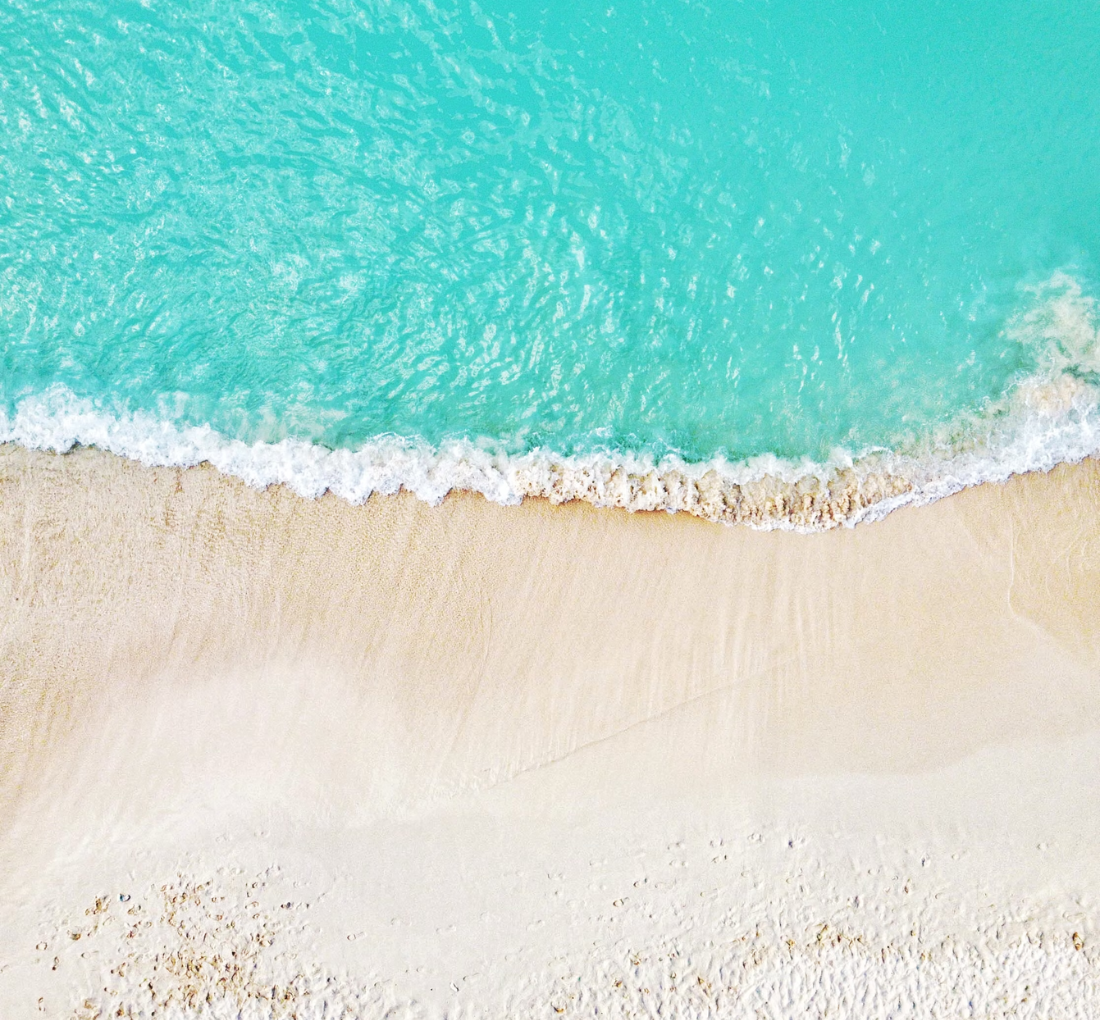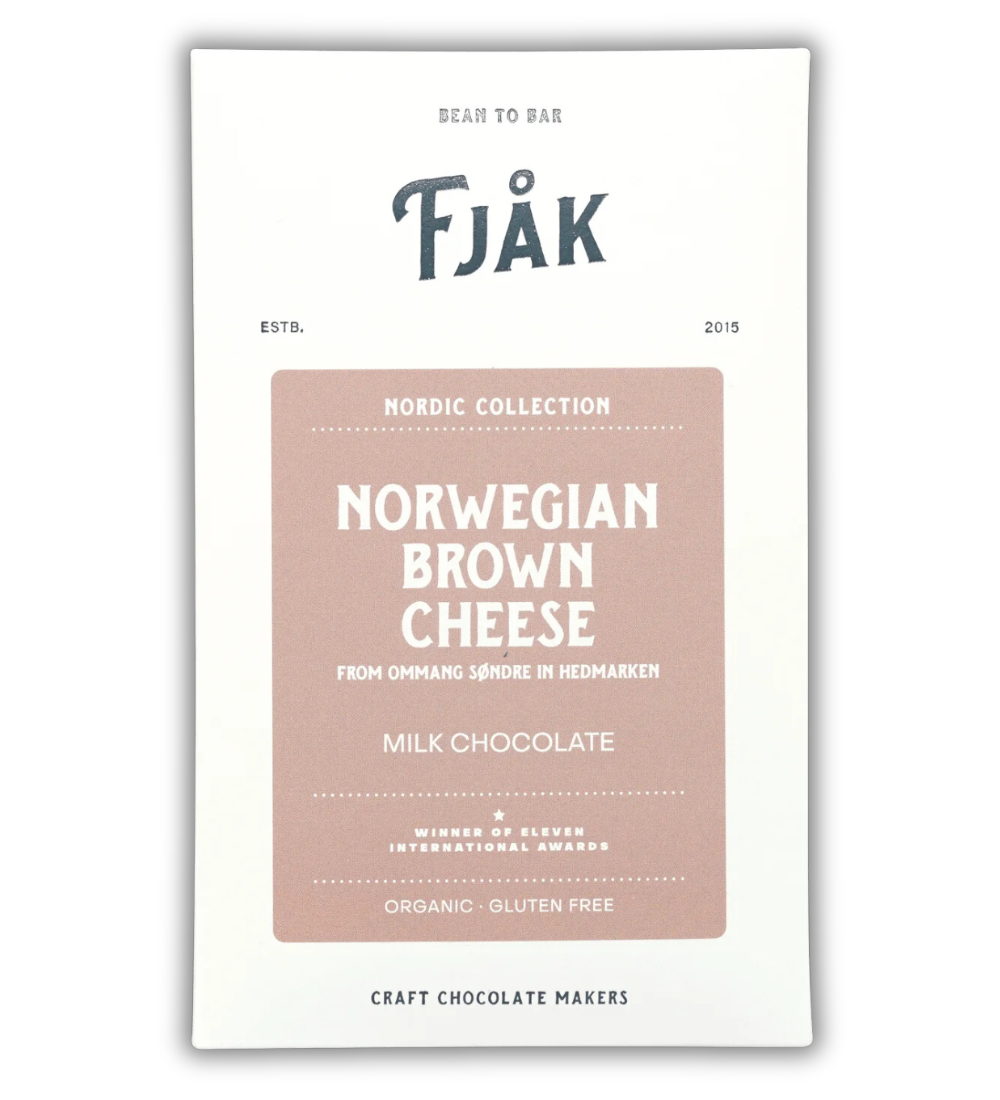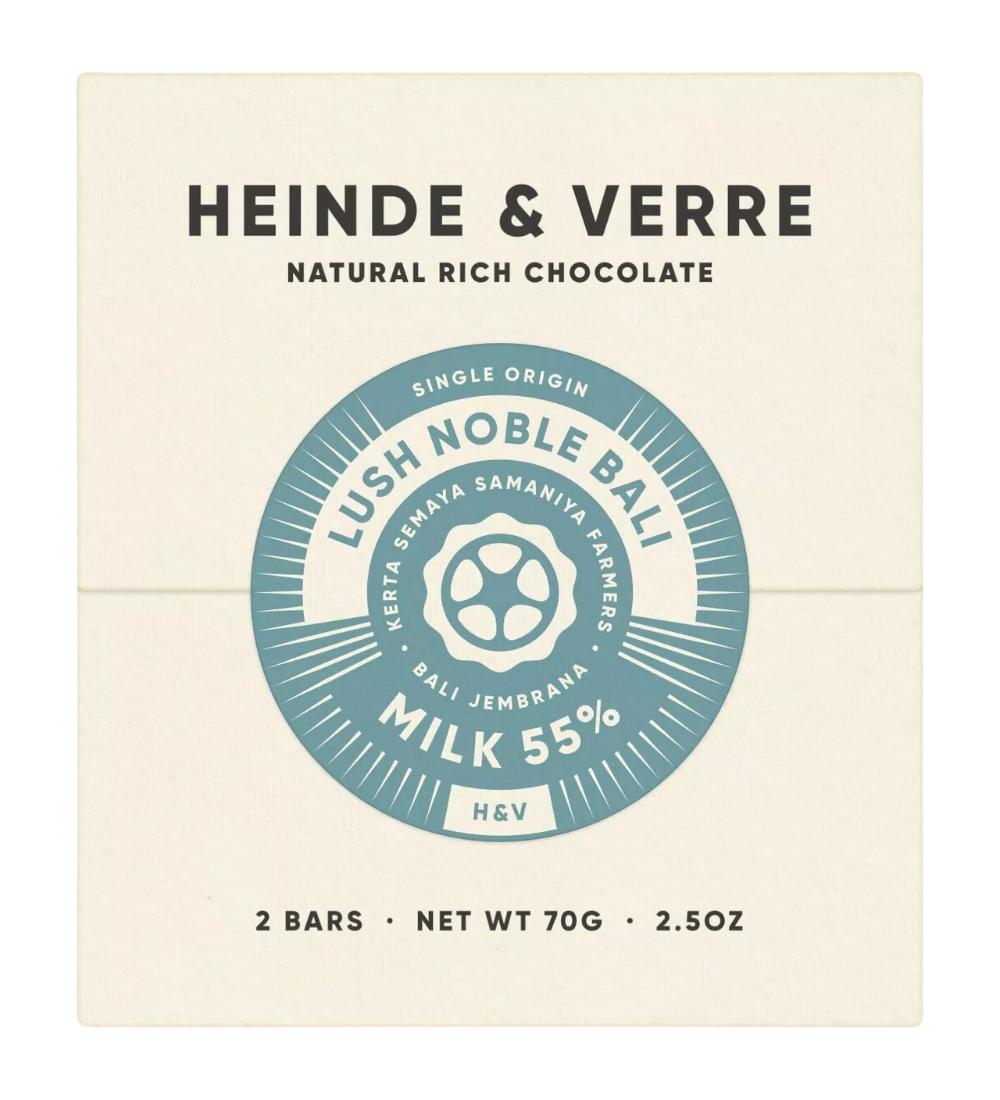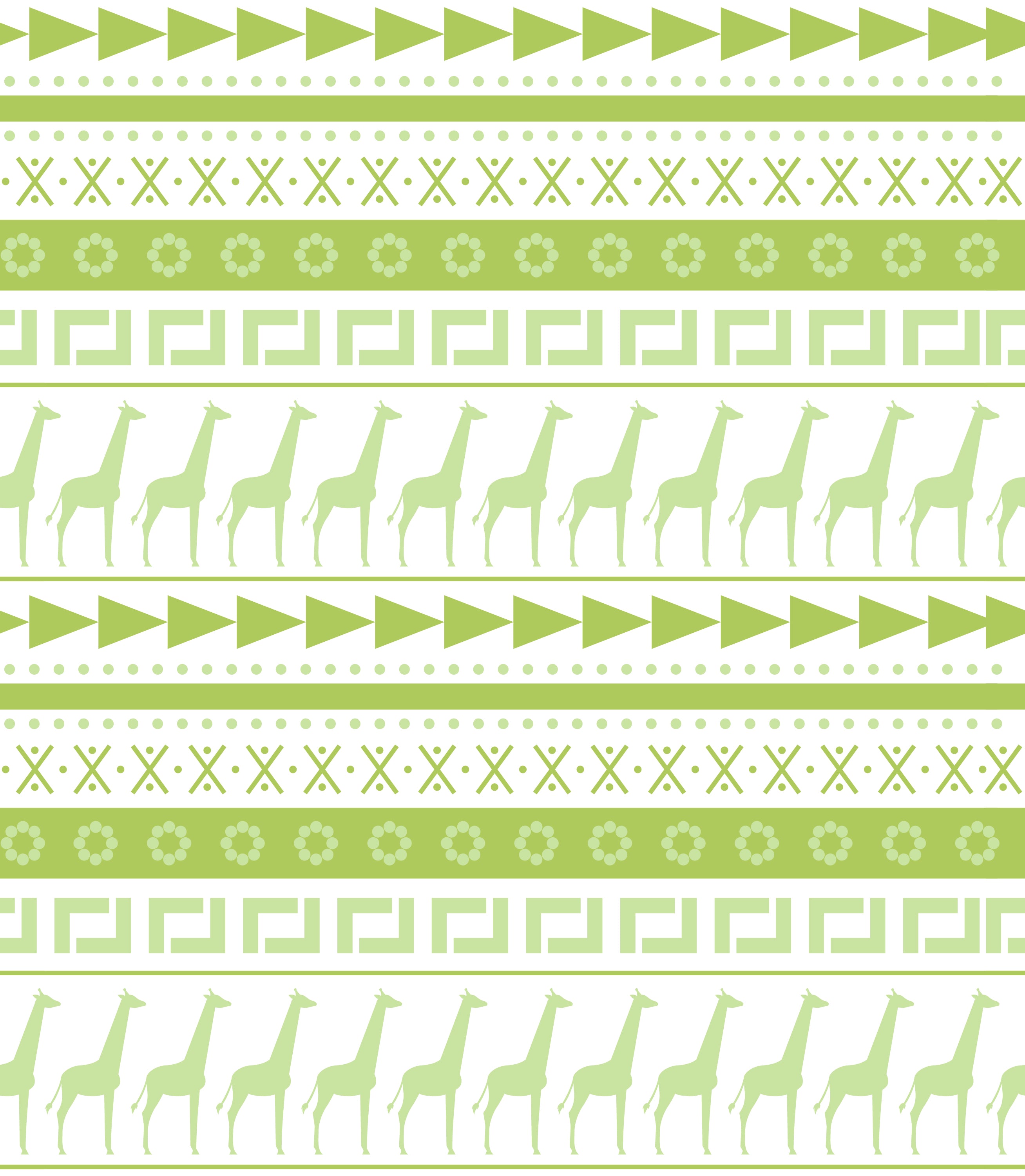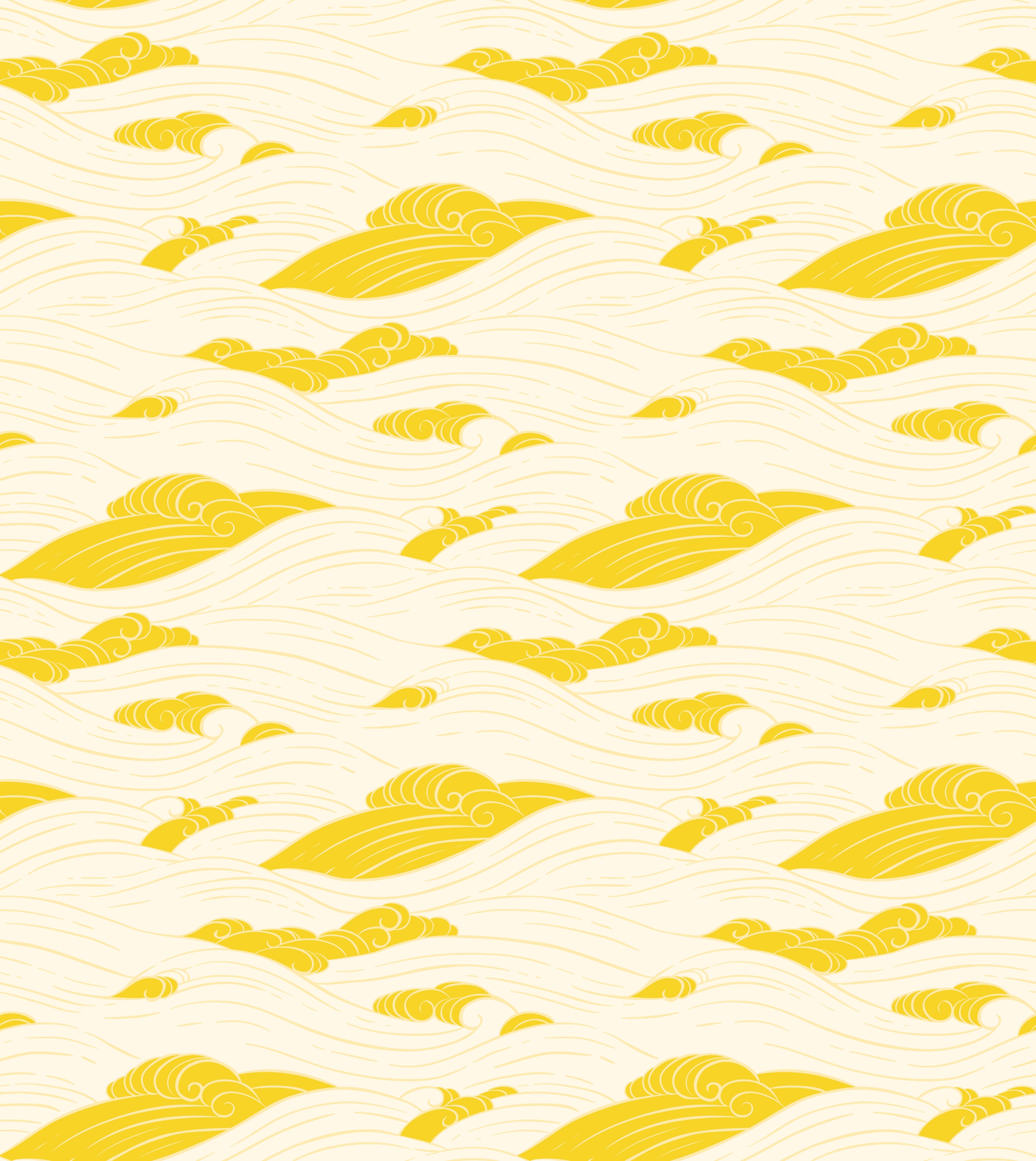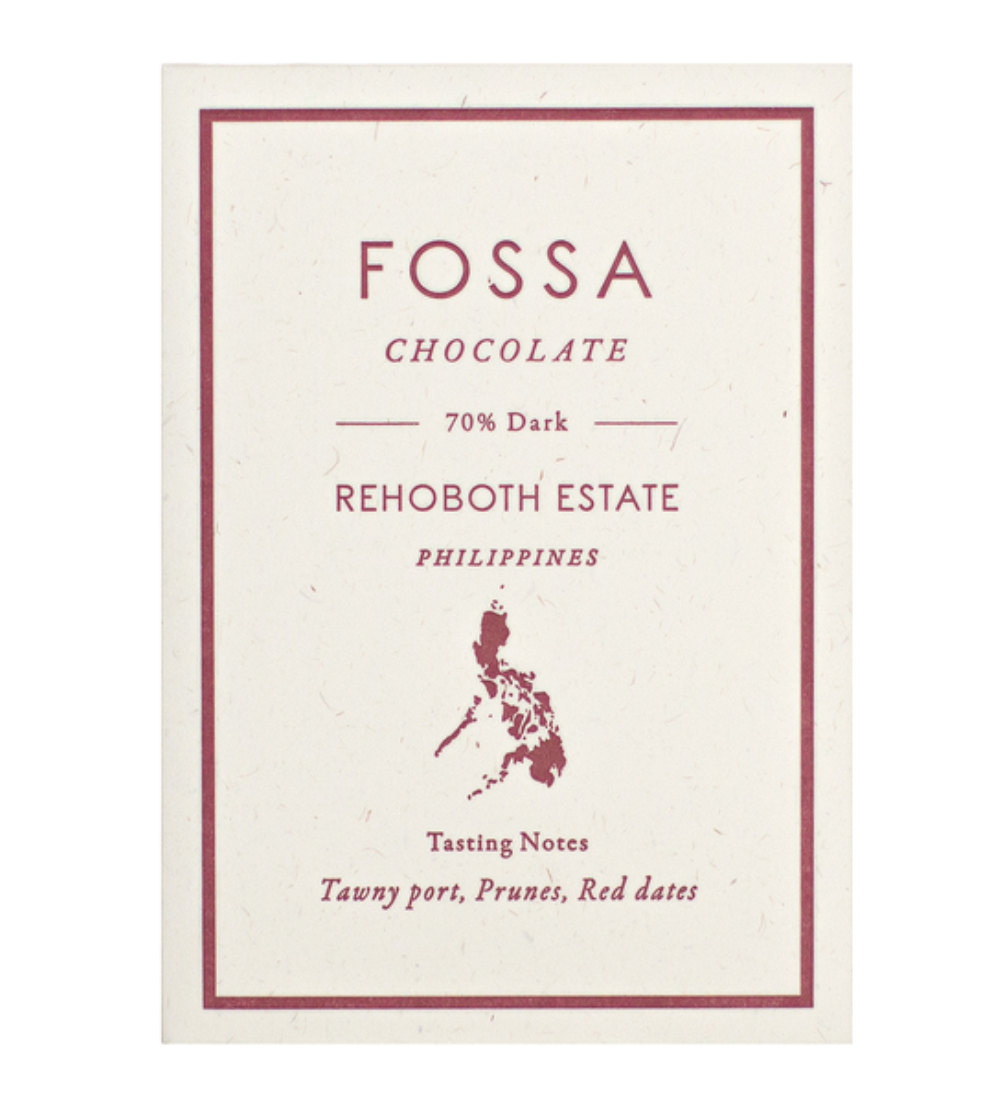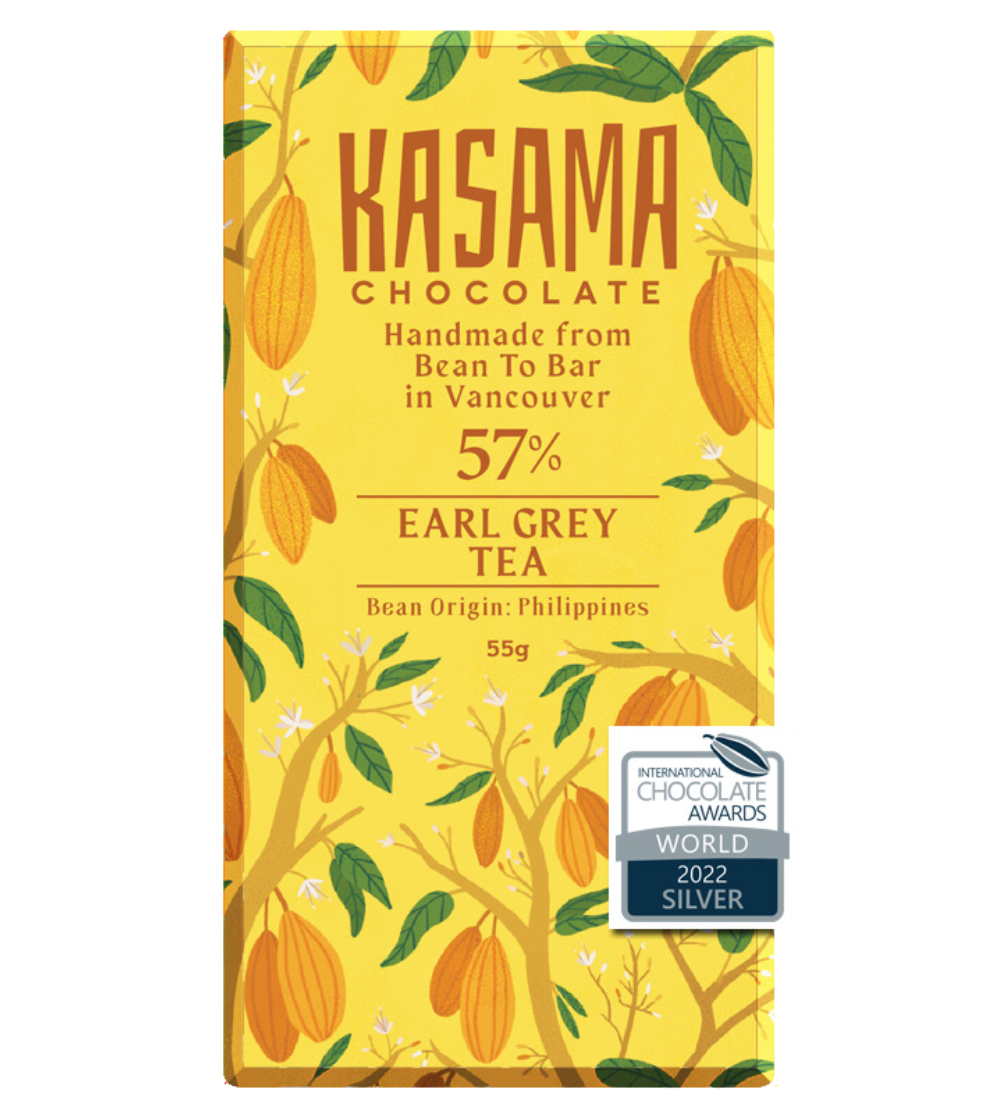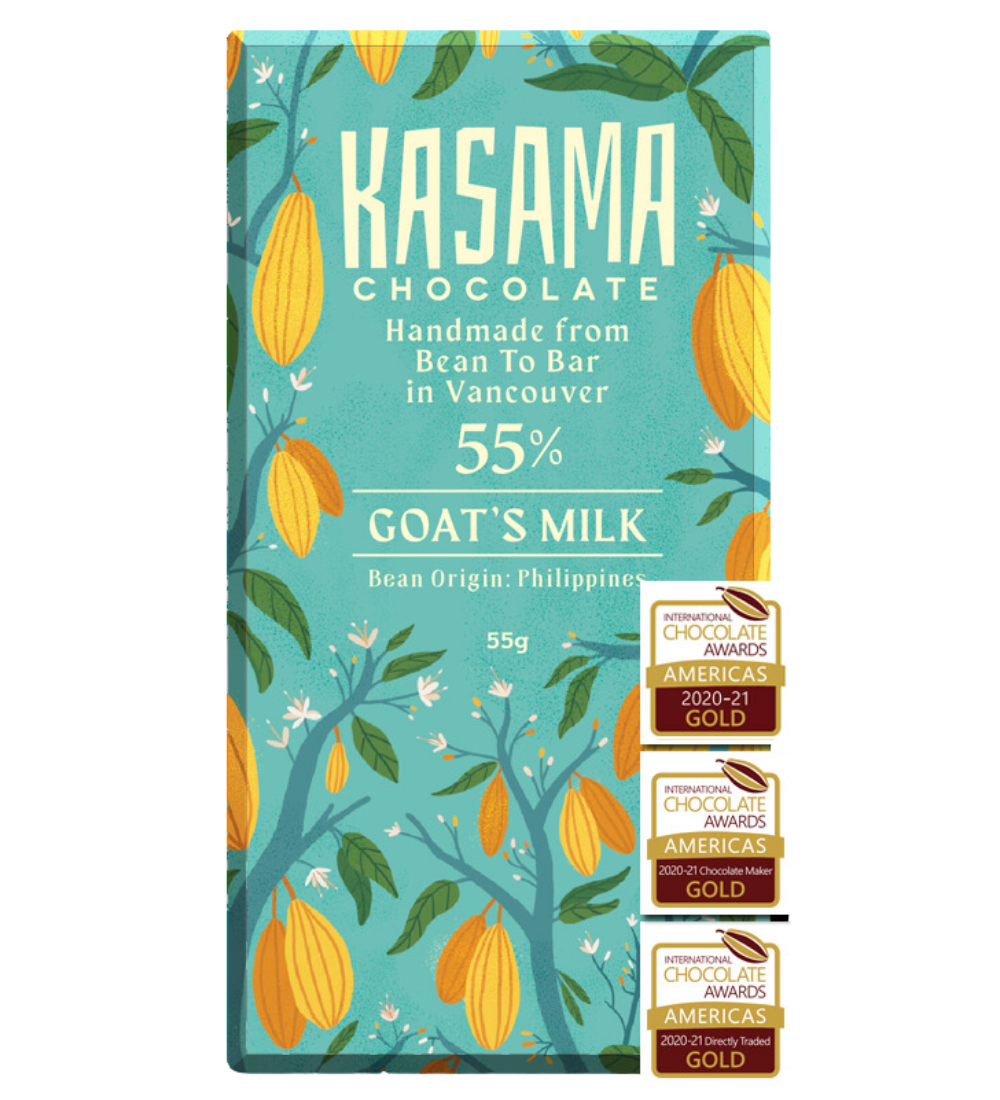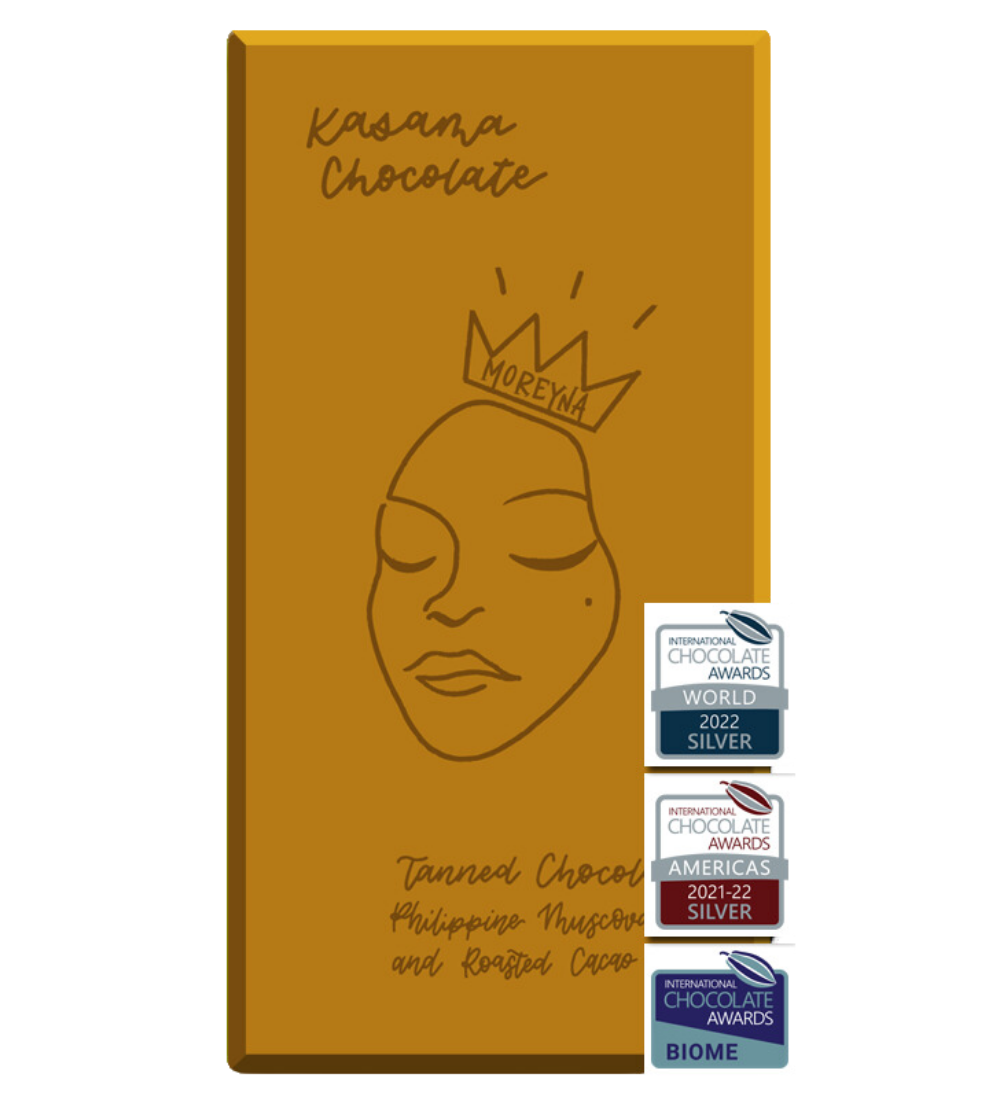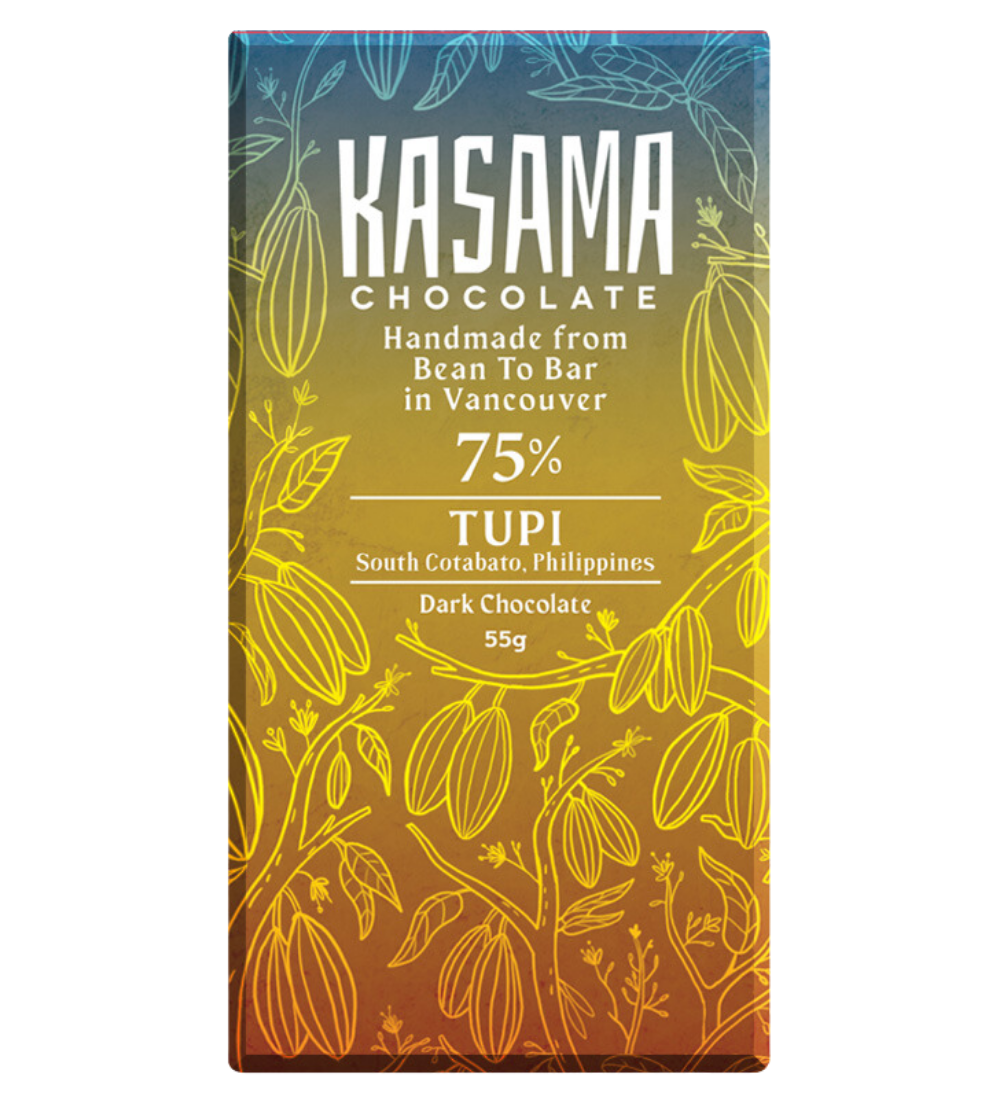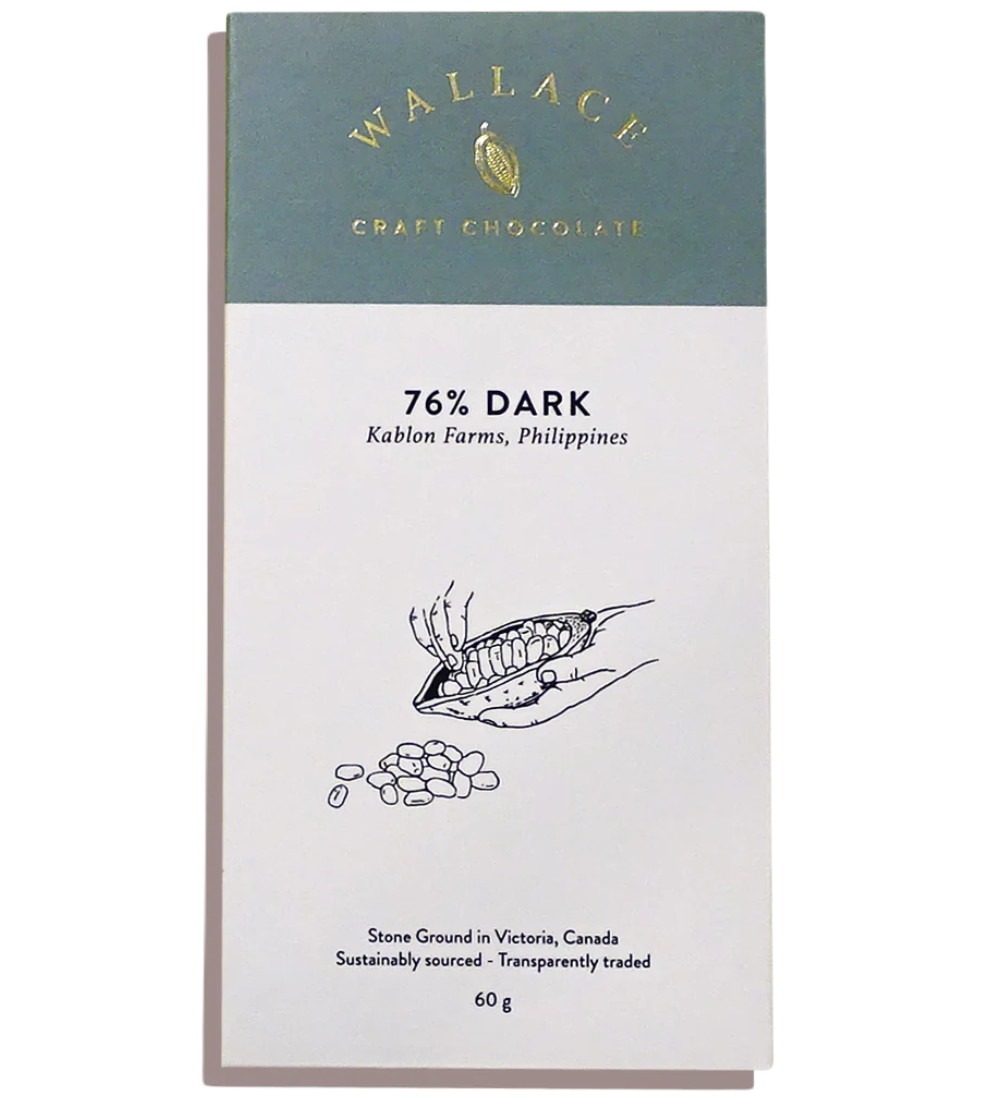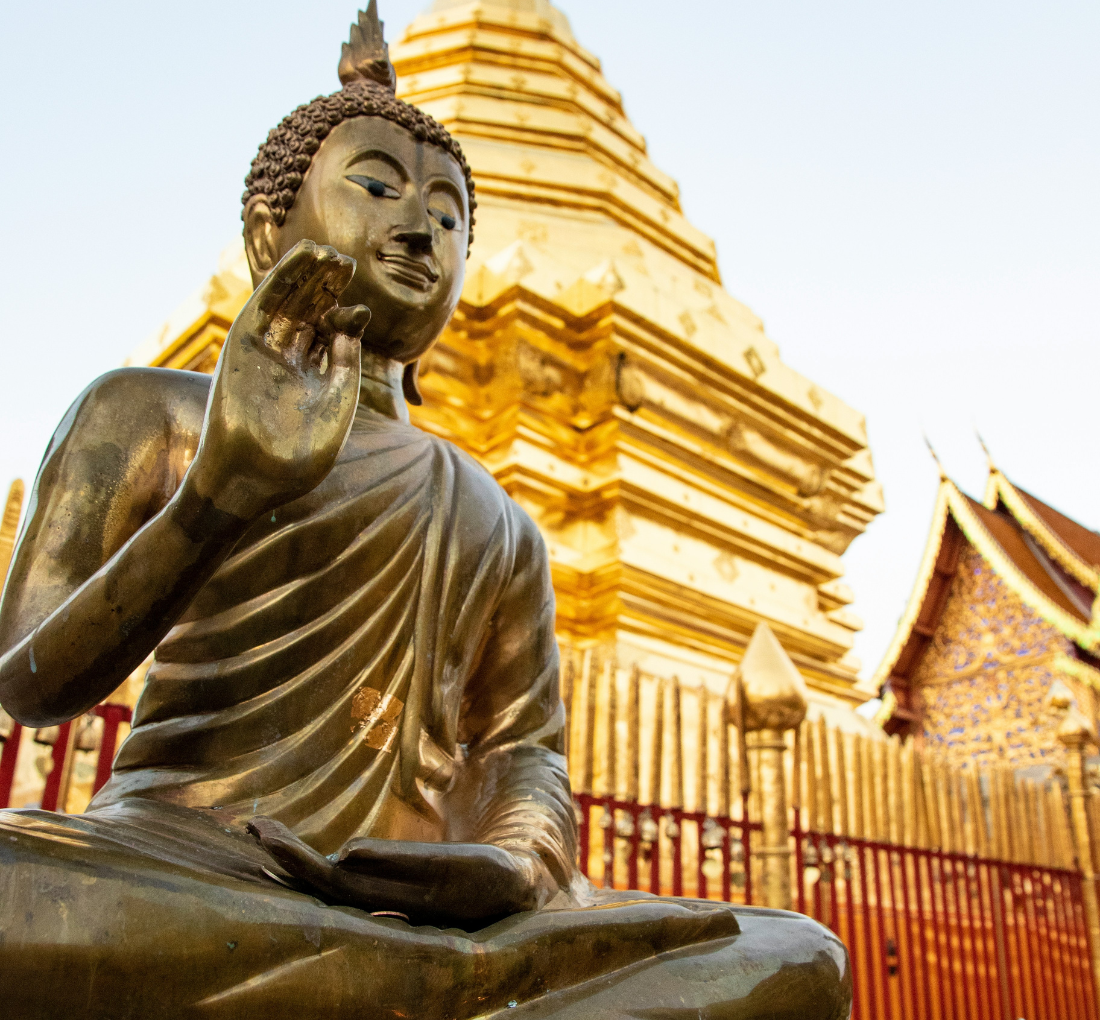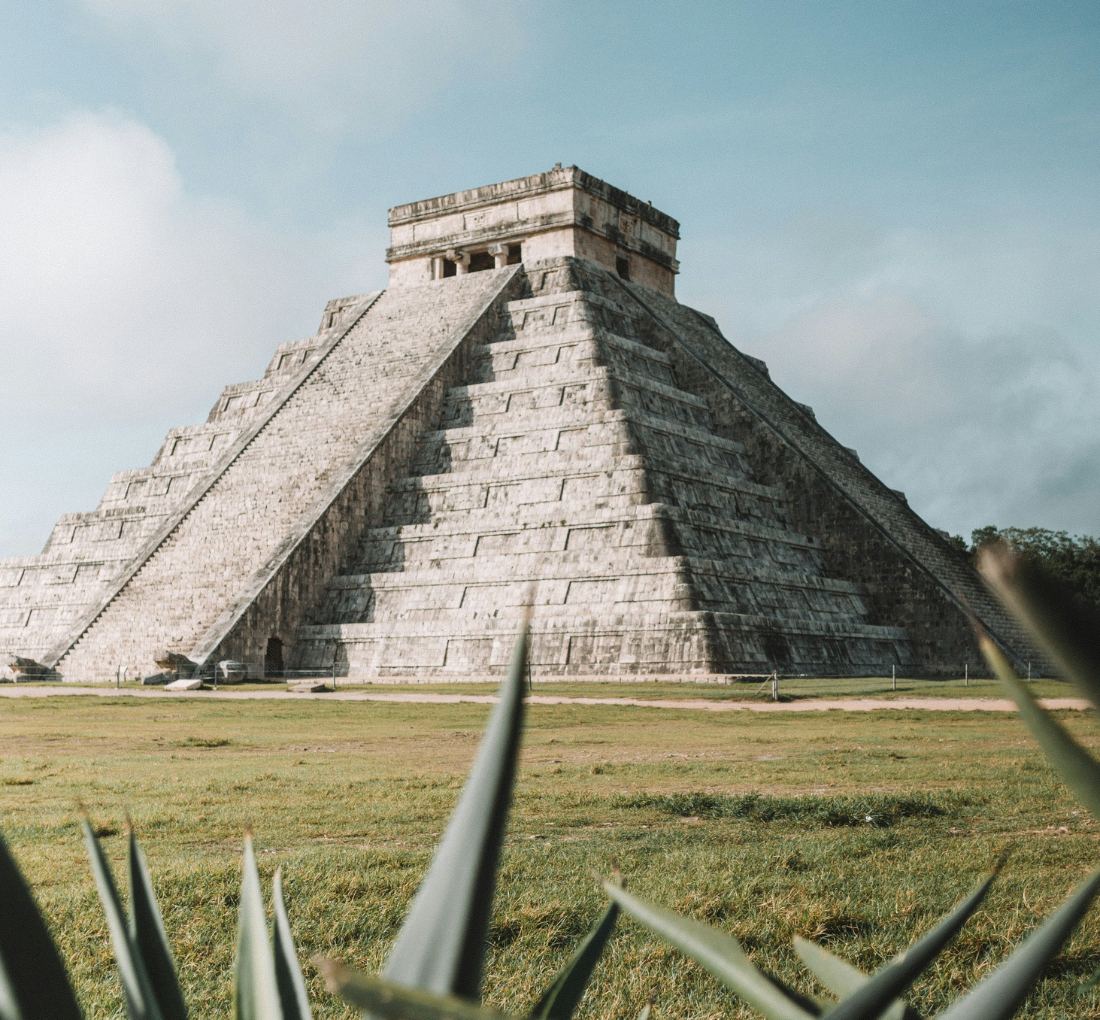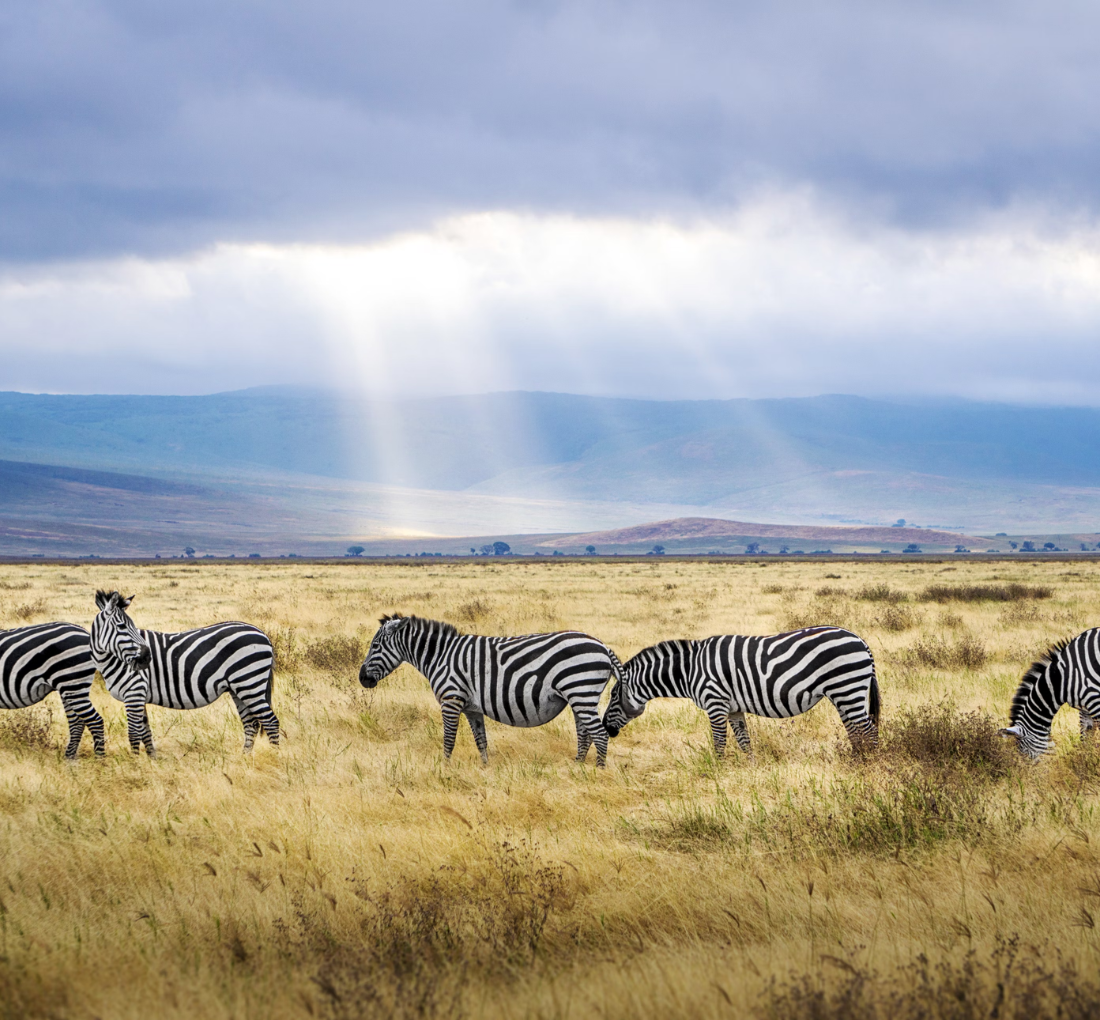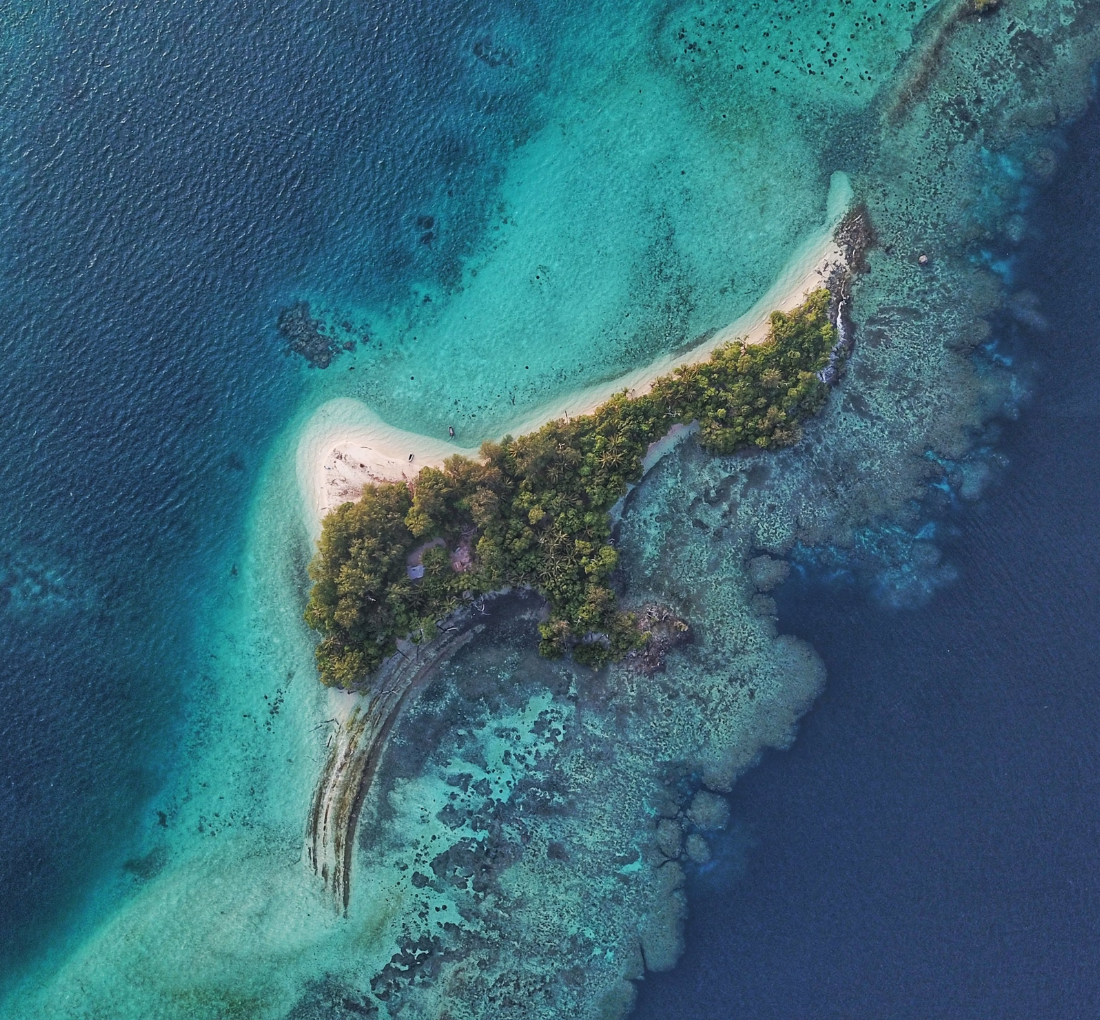The Philippines, situated in Southeast Asia, boasts a geography as diverse as its culture, featuring mountains, rice paddies, and over 7,000 islands, many with their own distinct language or ethnic identity. The country's culture is a rich tapestry woven from its Spanish and American colonial past, as well as its indigenous heritage. Filipino cuisine is renowned for its delightful mix of flavors, with dishes like adobo and sinigang enjoying widespread popularity. Spanning from the South China Sea to the Celebes Sea and located along the western fringes of the Pacific Ring of Fire, the Philippines experiences frequent seismic and volcanic activity. It is considered a “megadiverse” country, showcasing some of the world's highest rates of discovery and endemism. The Philippines has a tropical maritime climate that is typically hot and humid, though it does have three distinct seasons: hot and dry, rainy, and cool. Cocoa cultivation in the country has a long history dating back to colonial times when the cacao plant was brought in the 1700s via a Spanish galleon from Mexico, carrying pure Criollo. Today, the Philippine cocoa industry is the primary producer of cocoa beans in Southeast Asia, with various regions suitable for cultivation due to the favourable soil and climate that can support all three main cocoa bean types. While the chocolate industry currently operates on a small to medium scale, it processes into all derived products, including beans, liquor, butter, and powder. There is also a growing trend of local bean-to-bar producers offering unique flavours that incorporate local ingredients such as chilies, fruits, and even adobo.
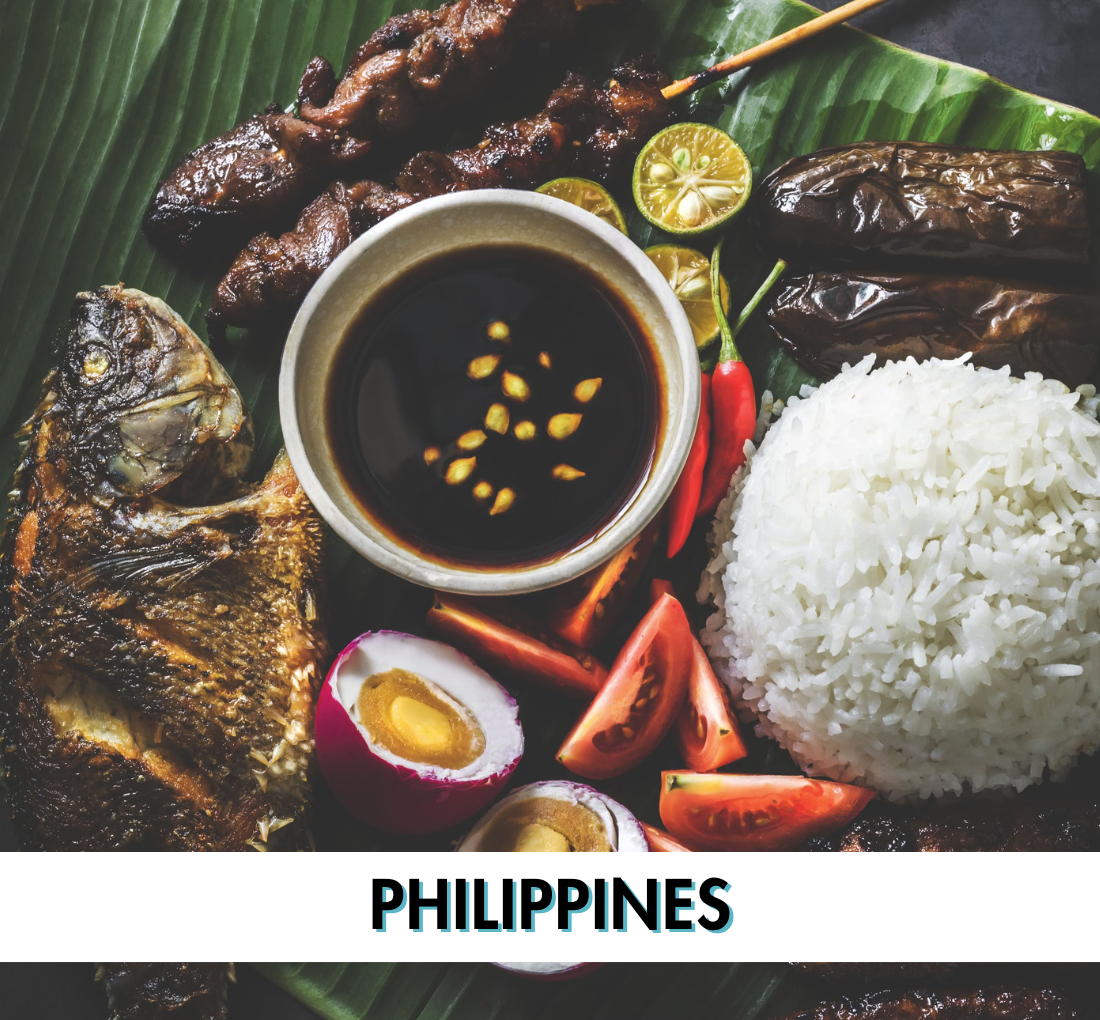
There's a whole world to explore
Discover the world’s diverse cocoa growing regions – from sun-drenched islands to tropical rainforests to lush mountainsides.

